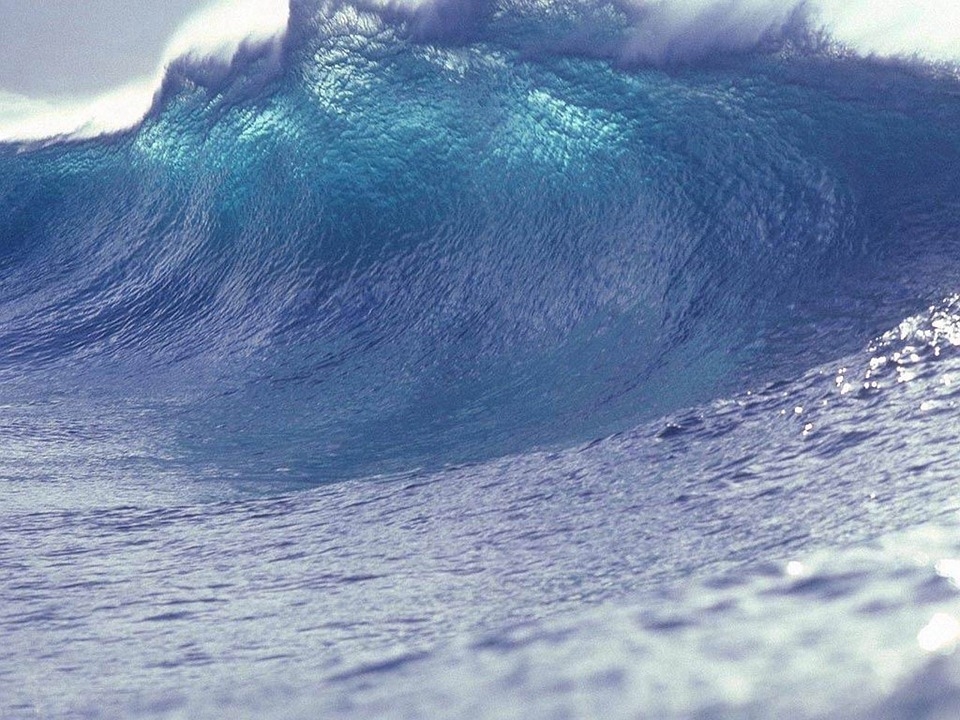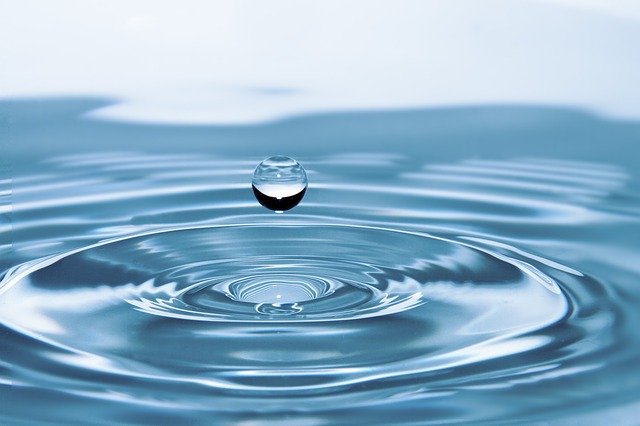Creating a volcano science project is a classic and exciting activity that can engage children in learning about geology, chemistry, and even a bit of physics. Here’s a step-by-step guide on how to do a volcano science project: Materials Needed: Large piece of cardboard or a tray Empty plastic bottle (e.g., soda bottle) Modeling clay …
Category: Earth Science Projects
Plants Keep the House Cool Higher plants or trees have always given shade during hot days. Have you ever wondered if smaller plants cool you down when you’re inside your home? This science project will help you find out. What you need: 2 thermometers to measure room temperature. A digital thermometer that can measure outside …
Every living being on Earth needs clean water to function. Humans must consume at least two liters of purified water each day. Advancements in technology ensure that drinking water is safe and contaminant-free. This science project aims to help explain how water purification works. Caution: The resulting water is not safe for consumption. This project …
Core Sampling Core samples are taken for many different reasons. A core sample can tell scientists how old rock is, what the fluid content is, and even where to find gas or oil. In this project, we’re going to show you how to get hands on with core sampling by using something that most kids …
The Conductivity of Water You have always been warned not to touch electrical outlets or switches with wet hands. Being electrocuted has always prevented us from using our wet hands in handling electrical parts. This project will confirm if water truly a conductor of electricity. What you need: • Distilled water • Small diode (LED) …
Friction is the force that resists the motion of an object that moves relative to the other. Scientists speculate that friction is the outcome of electromagnetic attraction among the charged particles of surfaces that touch each other. Using floating rice, we can perform a simple friction experiment. What you need: • Raw grains of rice …
Water pressure ascertains the force of water that comes from the source, through the pipes. It is one of the properties of water. With this project, you’ll be able to know what water pressure is capable of. What you need: • Sharp knife or a pair of scissors with which to punch holes • Empty, …
Have you ever tried balancing a spoon or a pen on your finger? Do you think you can balance an upright flat stick on a chopstick? Without glue? With the help of the center of gravity, you can. What you need: • 2 clothes pins • A flat stick • A pipe cleaner • A …
Symbiosis is a type of relationship between at least two organisms that co-exist in a particular environment. There is a symbiotic relationship between bacteria and plants. Nitrogen-fixing bacteria help plant growth and this project will help students know how it happens. What you need: • Camera • 6 clay pots that look alike • Marker …
How Can You Measure Heat Transfer? This project helps students become acquainted with basic knowledge about heat transfer and every condition that helps it happen. Heat transfer refers to the flow of thermal energy brought about by consequential temperature changes and dissemination and temperature variations. Heat usually moves from the warm end to the cool …






